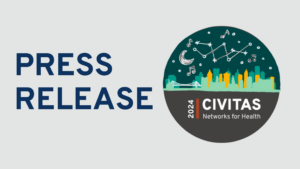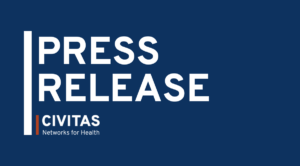Consideration 8

8. Promote positive patient experience and community awareness
Understand community fears and concerns
Consideration
Listen to your communities and become educated on issues impacting them.
Certain populations may be wary of some of the screening questions and how a positive test could impact immigration status of themselves or a member of their family.
Some community members may not be able to afford a 2-week quarantine period.
Some community members may not understand the importance of testing.
Work with partners to address and mitigate community concerns.
Voices from the Field
Dispel fears and build trust
Consideration
Use elected officials from within communities to dispel fears and build trust.
Regular and clear communication and education can build trust within communities.
Voices from the Field
Leverage community organizations
Consideration
Get help from local community organizations to make sure your efforts are culturally sensitive.
Some community members will not access traditional websites or media platforms for information on COVID19 testing.
Building connections and trust with social justice groups and associations that regularly communicate to communities can help get information out effectively.
Voices from the Field
Centralized communication source
Consideration
A central website can provide everything a patient may need to know about all OSCTCs within their catchment area.
Centralized communication can also ensure all messaging is aligned.
Utilizing existing mapping applications provides an opportunity to share information on your OSCTC.
A centralized source of communication can minimize the need for additional marketing about your site.
Voices from the Field
Strategic advertising
Consideration
Signage is important both to increase awareness of testing options as well as direct patients to the sites, but they can be expensive to purchase and may have a long turnaround time for printing.
With limited funding, sites may need to think creatively about placement of testing notification materials.
Social media is a cost-effective and widely accessed marketing tool for OSCTCs.
Leverage the media to publicize your OSCTC.
Local artists can offer creative strategies to reach and educate target populations about testing.
Reverse 911 notification systems may be leveraged to inform the public about testing.
Voices from the Field
Prioritize patient experience
Consideration
Patients will return to your testing center and promote it to others if they have a positive patient experience.
Voices from the Field
Off-Site Testing Toolkit Navigation Menu
Off-Site COVID-19 Testing Project home page
– – –
Off-Site COVID-19 Testing Toolkit home page
1. Identify and prioritize the population to be tested
2. Identify and mobilize your partners
3. Determine the type of OSCTC
4. Offer the right type of test
5. Adapt to variations in laboratory capacity and turnaround time
6. Staff Required for OSCTC
7. Build efficiencies into your OSCTC
8. Promote positive patient experience and community awareness
9. Address potential patient access limitations
10. Manage patient results
11. Plan for weather extremes
12. Provide PPE to staff
13. Financial viability/ sustainability
14. Explore a broader role for your OSCTC
Methodology
Additional Resources
Acknowledgements


